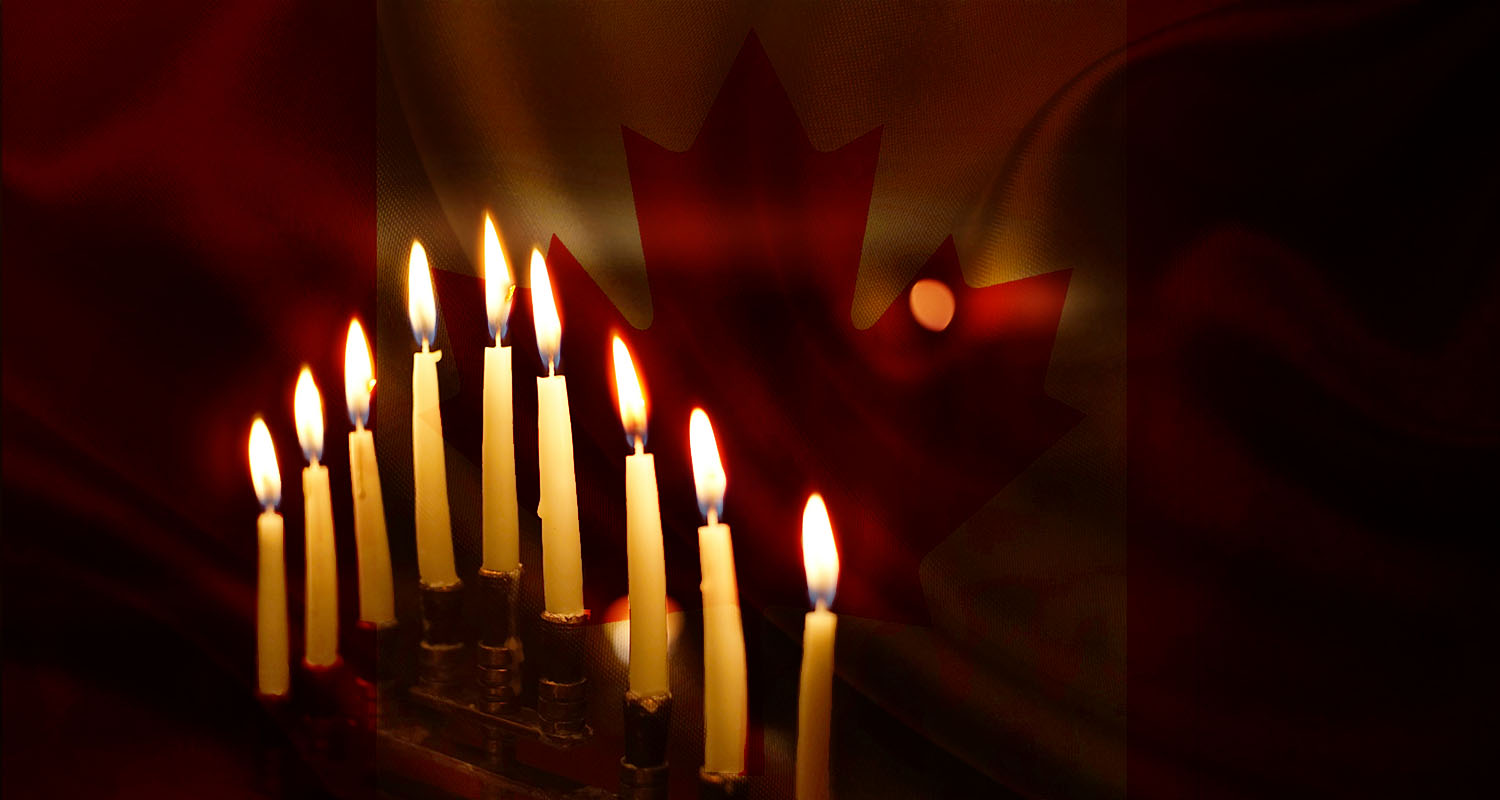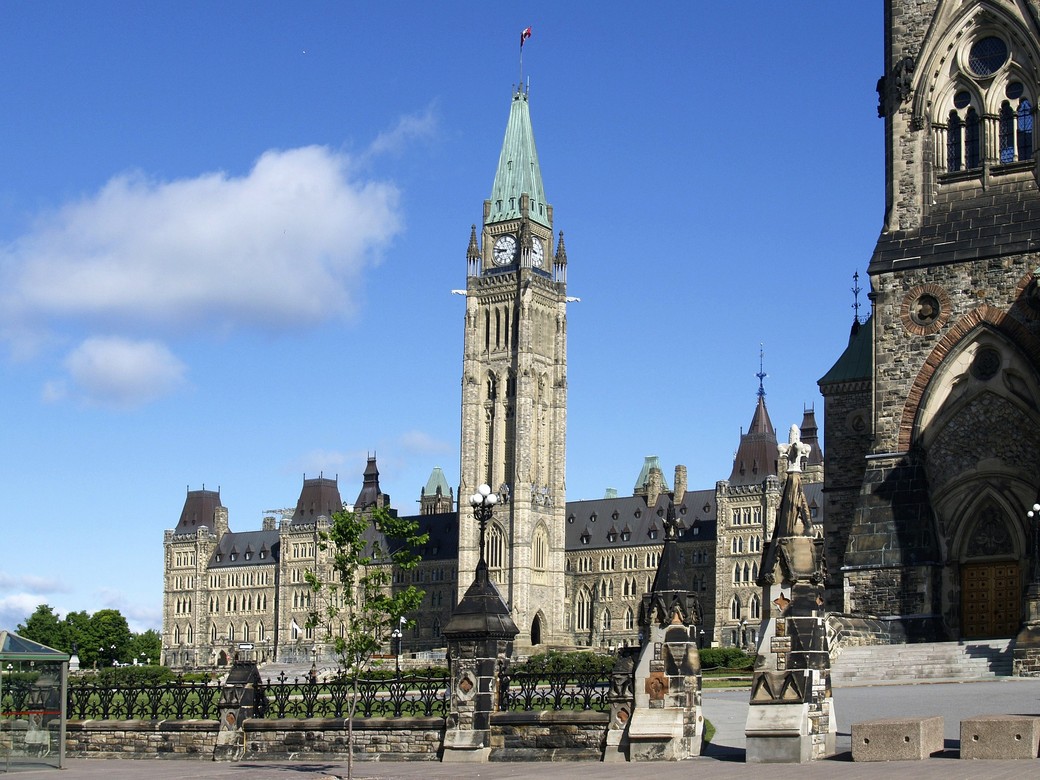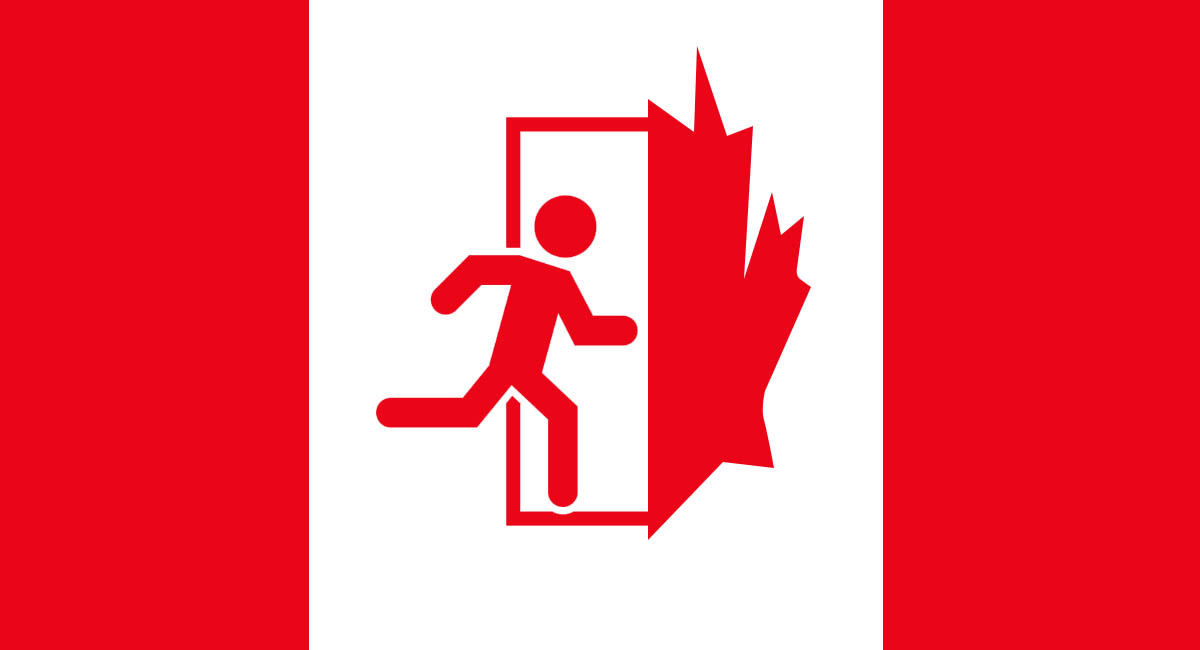
How Lt Gen Currie turned the Canadian Corps into a national army
Ask the average Canadian student about the origins of our nation and you will likely hear about Confederation and how Canada became a country with the passage of the British North American Act (BNA) in 1867. The fact of the matter is this is not actually the case. The BNA only provided internal self- government of the colony of Canada. In the 47 years from Confederation to the outbreak of the Great War in 1914, no country had an embassy in Canada, nor did Canada have any embassies or high commissions abroad, except for a High Commissioner to the UK (from 1880 onwards), with limited duties and limited access to information. If Canada wished to communicate with a nation state, the Governor General would write to the Colonial Office in London, who would forward the communication to the Foreign Office, who in turn would move the question to the British Embassy in the country of interest. On occasion, a Canadian observer might go along to subsequent discussions abroad.
On 4 August 1914, the same day that Britain declared war on Germany, Sir George Perley was appointed Acting High Commissioner from Canada to London. But Sir George was not allowed to see correspondence between the Governor General and the Colonial Office.
In fact, at the outbreak of the war, Canada did not actually declare war on anyone. Britain did it for all of the Empire. Canada merely got to decide how it would react.
The first commander of the Canadian Corps was Lt Gen Edwin Alderson, a British officer appointed by Britain after consultation with Canada. He was reprimanded early in the war by the War Office in London for responding directly to questions from the Canadian government in Ottawa. He was reminded that all communication with Ottawa was to be passed through the War Office. Thus in the early stages of the war, Canada was seen merely as a source of manpower for the British Army.
When the war broke out, Canada was a nation of perhaps seven and a half million people. Some 680,000 went into uniform. Approximately half a million went to Europe. We lost close to 66,000 soldiers while 172,000 were injured or fell gravely ill during operations.
However, in 1919, Canada had a seat at the negotiations for the Treaty of Versailles, a seat in the League of Nations, and the right to be elected to the League Council. Effectively, Canada was a nation state, and somehow four and a half years had done what 47 earlier years had not. Canada had acted like a nation, and so came out of the Great War as a nation.
In Canada, students are taught that complete independence from Britain was achieved by the Statute of Westminster (11 Dec 1931) or by the patriation of the Constitution in 1982.
However, they are rarely taught what got us to that point.
In essence, Canada’s war of independence was the First World War, the so-called Great War. Unlike the Americans, our war of independence was not fought against the entity from which we became independent, but alongside it. We started the war as a colony and ended it as an ally.
The autonomy came gradually. The efforts in London of Sir George Perley, in both his roles as Acting High Commissioner and simultaneously as Minister of Overseas Military Forces of Canada, and those of his successor in this second role, Sir A. Edward Kemp, were of great importance. However, the real autonomy came from the performance of the Canadian Corps and its first Canadian commander.
All Canadians learn about the Battle of Vimy Ridge, which began on 9 April 1917. It was the first action in which all four divisions of the Corps fought. At the time, the Corps was commanded by LGen Julian Byng, a British General, who later that spring was promoted to command the British 3rd Army. In the 1920s, as Lord Byng of Vimy, he was Governor General of Canada.
His senior division commander was Sir Arthur Currie (who would later become a Lt Gen), who was the chief planner for Vimy, basing much of his planning on lessons learned from the French defence of Verdun. Because of meticulous planning and rehearsing, recent technological advances and good leadership, the Canadian Corps succeeded where earlier French troops had twice failed. Two unsuccessful French attempts to take and hold the ridge in May and Sept of 1915 had cost them about 150,000 casualties. During a period with little other good news, the Canadian Corps victory garnered tremendous attention. It has since rightly taken on iconic significance for Canadians and at the time, it changed Canadian attitudes profoundly and set the stage for what was to come next. But it was not uniquely Canadian, nor under Canadian control. Few Canadians know that of the 170,000 men in the allied attack on Vimy Ridge that day, only about 97,000 were Canadian. In some ways, it was not a Canadian battle, but a British battle with high Canadian content and a Canadian planner.
Exactly two months after the start of the assault on Vimy Ridge, Currie was promoted to Lt Gen and given command of the Canadian Corps. On 7 July 1917, when Currie had been corps commander for under a month, he received orders from Gen Horne, commander of the 1st British Army, of which the Canadian Corps was a part, to attack and capture the small industrial city of Lens, somewhat north of Vimy. Currie refused.
Had Currie been a newly-minted British Lt Gen, he probably would have been sent home, but he wasn’t. Field Marshal Haig and Gen Byng both agreed with Currie’s reasoning, and counselled a rethink.
Why had Currie balked? For good reason as it turns out. On the whole, Canadian generals did their own reconnaissance, and British generals rarely did. Indeed, the incurred casualty rates for Canadian general officers in the corps were higher than for the corps as a whole (42 per cent vs 37 per cent), partly as a result of this careful planning. Currie had done his own recce of Lens and considered it a killing ground, as it was dominated by German artillery on the hill to the north-west. From that hill, the German gunners could see the entire Douai Plain, the flat coal-mining area east of the Vimy Ridge. Currie made clear that he would prefer to attack and capture the high ground first.
Currie’s view prevailed. Three days later, on 10 July, after a meeting of commanders in his HQ, Horne issued revised orders to his army, including to the Canadian Corps. It read, in part, “ …on discussion with the GOC Canadian Corps, and on the allotment of additional artillery to the 1st Army, it has been decided to amend the objectives for the Canadian Corps.” The orders moved Currie a bit further north along the front, and essentially turned that section of the front over to Currie. But it is the first mention in army-level orders of “the high ground NW of Lens,” which subsequently became known as Hill 70.
Between 15 and 20 August, 1917, three divisions of the Canadian Corps (plus one in reserve) battled five German divisions and took and held Hill 70. The attack cost the Corps some 3,500 casualties, and the clever and innovative defence against a massive counter-attack cost another roughly 2,200 casualties. But the Canadians held, and to this day the German losses are unknown, but they are believed to have exceeded 20,000. It had been a hard fight. Six Canadians were awarded the Victoria Cross (VC) for their actions at Hill 70, (compared with four Canadians having been awarded the VC for valour at Vimy Ridge). After that, Currie had new status. He was viewed as having superb judgement and was treated with more respect. He largely took his orders from Haig, with the relevant army commander also present. Suddenly the Canadian Corps had become a national army, and not just another unit of the British Army.
In the months that followed, Currie differentiated the Canadians even more. In January 1918, he refused triangulation of Canadian divisions. At that time, British divisions went to a structure which included three brigades, each with three battalions of infantry (hence the 3×3, or “triangulation”).
Currie believed that triangulation could cause pointless casualties, and preferred to fight divisions at full strength. He kept the infantry in the Canadian divisions at three brigades, each with four battalions of infantry. These were over-strength battalions too, at about 1100 men each, as each carried 100 of their own reserves. Had he agreed to triangulation, he would have had at least seven divisions in two corps. Anything six or over is an “army”. He kept the Canadians as a corps rather than an army, eschewing the complexity of having two corps HQ and an army HQ. But the Canadian Corps was by then larger and more powerful than most British armies, and each of the four Canadian divisions was equal to at least 1.7 British divisions. Haig started adding to the impact of the 156,000 strong Canadian Corps by placing additional British divisions under Currie as well for the last year of the war.
The successful battle for Hill 70 was the watershed. After that, the Canadian Corps was viewed as a national allied army, and Currie as a national force commander. His effective reporting lines changed.
The Corps became stronger. By 1918, a Canadian division would have one automatic weapon for every 13 men, vs one for every 61 men in a British division. A Canadian division would have about 13,000 infantry and about 3,000 engineering troops, vs about 5,400 and 650 for a British division. And the Canadian Corps had 100 more trucks than any British corps. There was a distinct Canadian way of war. In the period known as the “100 days,” the Canadian Corps drove through and defeated 47 German divisions, one more than the 46 defeated by 650,000 Americans in the Meuse-Argonne Campaign. But the Canadians took half the casualties of the Americans, and used twice the number of artillery shells. Currie’s slogan was “Pay the price of victory in shells, not men”.
The important decision taken during 7-10 July 1917 to focus Canadian effort on Hill 70 had a large impact on the road to Canadian independence. The instrument of that Canadian differentiation was the resolve and insight of a former teacher, insurance company manager and real estate speculator called Arthur Currie, who refused an order that was not in Canada’s interest. But his bold choice to protect his men would have had little ongoing impact if his judgement hadn’t been vindicated by the events of August 15-20, 1917, when the Canadians, under his command, won the battle for Hill 70. Victory at Hill 70 dramatically hastened Canada’s independence.
The successes of the Canadian Corps, particularly those under Canadian command, beginning with Hill 70 and culminating with the Battle of Amiens and the subsequent “hundred days,” achieved great recognition for Canada and strengthened Borden’s hand to such an extent that, during the Versailles negotiations, Borden stood in for Lloyd George from time to time when the latter could not attend. Borden had set the stage for this throughout the war by his determined and effective efforts in pressing for a distinctive Canadian role and for the Canadianisation of the Corps. In person, and through the fine work of Sir George Perley and Sir A.E. Kemp, his representatives in London, Borden adroitly exploited Currie’s push for a degree of autonomy to further the cause of Canadian independence. In this, the military and political spheres were in perfect harmony.
That is why a group headed by Mark Hutchings of Kingston is in the midst of a campaign to erect a monument on Hill 70 in France, and to use this commemoration as a platform for an educational program to help Canadians understand how we evolved from a colony to a country and it has been a long time coming.
by John Scott Cowan
Photo: Courtesy The National Archives Of Canada








